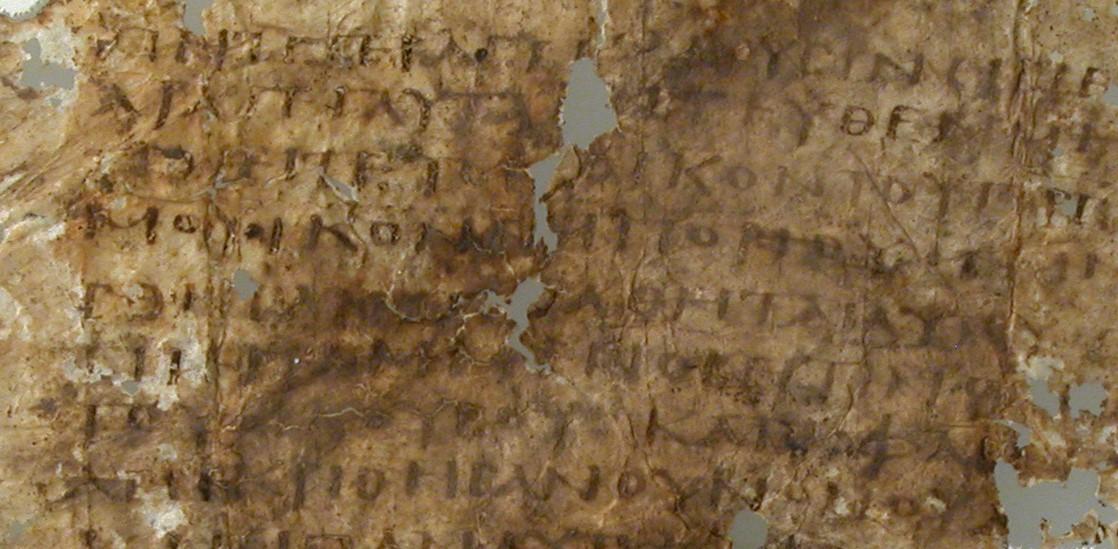The Christian church is older than its New Testament books. This shouldn’t surprise us since the New Testament was written by people who were a part of the first-century church. The events recorded in the Gospels are older than the text of the Gospels. Again, nothing unusual here.
What if I told you, though, that in the New Testament there are passages that are older than the New Testament? Obviously, Old Testament passages quoted in the New Testament precede it, but that’s not what I’m referring to.
Within the New Testament books are early Christian creeds that predate the books themselves. These creeds show us what the earliest Christians believed and which doctrines existed from the inception of the church.
Let’s look at one of these creeds and see why scholars are convinced it predates the book it’s quoted in.
For I delivered to you as of first importance what I also received, that Christ died for our sins according to the Scriptures, and that He was buried, and that He was raised on the third day according to the Scriptures, and that He appeared to Cephas, then to the twelve. After that He appeared to more than five hundred brethren at one time, most of whom remain until now, but some have fallen asleep; then He appeared to James, then to all the apostles. (1 Corinthians 15:3–7)
There are many reasons to believe this passage isn’t something Paul was writing for the first time to the Corinthian church.
First, Paul tells us he “delivered” this information to the Corinthians when he visited them prior to writing his letter. He also says he “received” this statement, meaning he isn’t the original author.
Second, this statement has a poetic cadence to it. Although 1 Corinthians was originally written in Greek, even our English translations reveal this rhythm: “that Christ died…that He was buried…that He was raised…that He appeared.” Also notice the repetition of the phrase “according to the Scriptures.” These patterns make creeds easy to remember.
Third, there are words and phrases in this passage that Paul doesn’t use in his own writings. Phrases like “according to the Scriptures,” “he was raised,” and “on the third day” aren’t used by Paul anywhere else. Also, though Paul uses the word “sin” in the singular form 64 times in his writings, in this passage he uses the plural form (“Christ died for our sins”), which is unusual for him.
Historians are convinced that 1 Corinthians 15:3–7 is an early Christian creed Paul is reminding the Corinthians of. He says he received it, it has the clear rhythm and cadence of a creed, and there are phrases and words in it that are absent or rare in the rest of Paul’s writings. This creed isn’t something Paul invented; it existed prior to his writing of 1 Corinthians (AD 53–55) and even prior to his eighteen-month visit to Corinth (Acts 18).
Here’s why this creed is important.
A popular challenge against Christianity is what I call the “Jesus as legend” claim—i.e., over time, the stories of Jesus were embellished and exaggerated and then finally written down with the legendary additions embedded in the account.
This ancient creed, however, shows us what the very first Christians believed about Jesus’ death, burial, resurrection, and post-resurrection appearances.
The Christian creed in 1 Corinthians 15:3–7 obliterates the “Jesus as legend” challenge. From the inception of the church, the earliest believers confessed Jesus’ death, burial, resurrection, and post-resurrection appearances. There was no time for legendary development.
Clearly, the resurrection of Christ has been a central feature of the Christian record from the very beginning of the church. It’s not a legend.
Thank God for preserving this early Christian creed in the text of the New Testament.

